Julieanne Kost – LR4 Beta – Develop Module Advancements
Julieanne Kost covers new features in LR4’s Develop Module and Basic Panel.
View more Lightroom videos here.?
??Learn more in my digital photography and digital printing workshops here.?
Julieanne Kost covers new features in LR4’s Develop Module and Basic Panel.
View more Lightroom videos here.?
??Learn more in my digital photography and digital printing workshops here.?
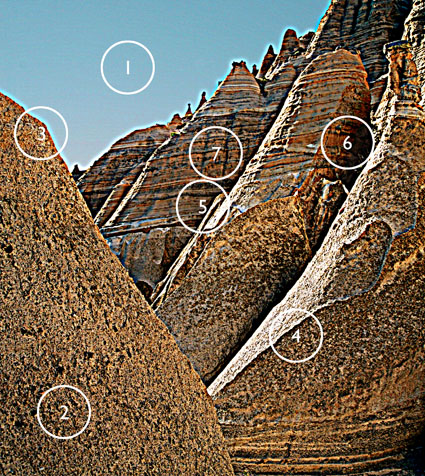
If you know what to look for, you’ll know what path to choose and how far down it to go.
Identifying and developing a sensitivity for the artifacts digital sharpening produces will help you choose a sharpening method and what settings to use during any stage of your sharpening workflow.
You can easily see the artifacts digital sharpening produces by overdoing it.
Here are the seven most common digital sharpening artifacts.
1 Noise
2 Exaggerated Texture
3 Visible Light Halos
4 Visible Dark Lines
5 Loss of Highlight Detail
6 Loss of Shadow Detail
7 Increased Saturation
Each of these artifacts can be reduced in one or more ways.
Here’s a list of options.
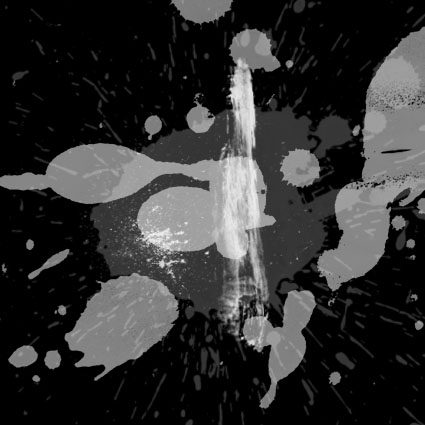
Photoshop Free Brushes offers high quality Photoshop brushes.
They offer so many free brushes! Where do you start?
Try these six collections.
1 Spatter Brushes
2 Gore Brushes
3 Vintage Paper Brushes
4 Water Brushes
5 Cloud Brushes
6 Star Brushes
Find more free brushes at Naldz Graphics.
Read more on Photoshop painting techniques here.
Learn more in my digital photography and digital printing workshops.
In this quick tip Julieanne shows how to add presets/templates using the Metadata panel.
View more Photoshop Videos here.
Learn more in my digital photography and digital printing workshops.
“Julieanne Kost reveals there is far more to the History panel than simply un-doing mistakes. Learn as she reveals little known shortcuts for working with the History Panel, including how to fill with the History Brush, as well as a fluid method for painting between snapshots with no layer or masking knowledge required!”
View more Photoshop Videos here.
Learn more in my digital photography and digital printing workshops.
![]()
Adobe has released updates for Camera Raw (6.6) and Lightroom (3.6).
New cameras are supported.
New lens profiles have been added.
Bugs are fixed.
See the Lightroom Journal for a full list of details.
Download the updates here.
Julieanne demonstrates how to update, rename and delete presets and templates in Lightroom.
Watch more videos on Lightroom here.
Learn more in my digital photography and digital printing workshops.
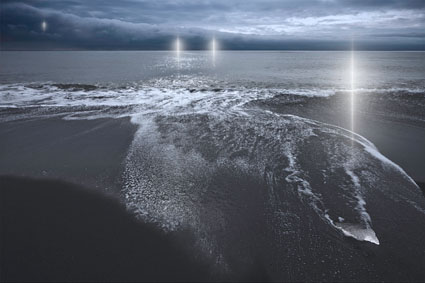
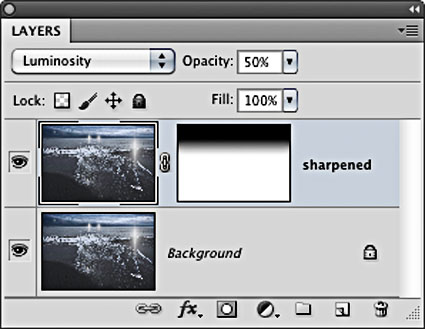
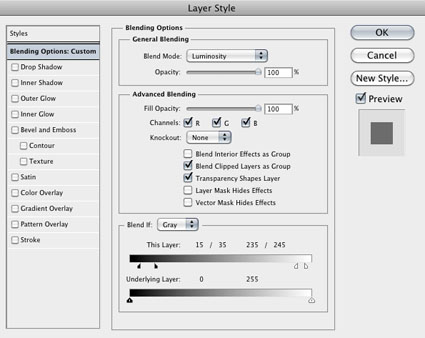
There are many reasons to use layers when sharpening your digital images.
Layers can be used to eliminate saturation shifts. Change the Blend Mode of a sharpening layer from Normal to Luminosity. Color noise will be reduced this way.
Julieanne Kost demonstrates the two most frequent methods for importing files into Lightroom. She discusses the advantages of each workflow, whether you’re importing directly from a card or importing images already copied to a specific location on your hard drive.
Watch more videos on Lightroom here.
Learn more in my digital photography and digital printing workshops.
In this quick tip Julieanne shows when to toggle Lightroom’s Show Photos in Subfolders feature and why turning it on might show a 0 photo count for your top most (parent) folders.
Find more Lightroom videos here.
Find Photoshop videos here.
Learn more in my digital photography and digital printing workshops.